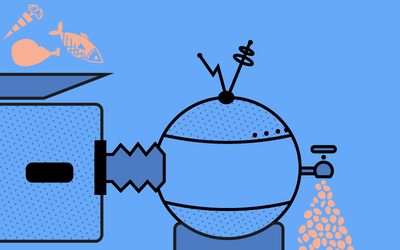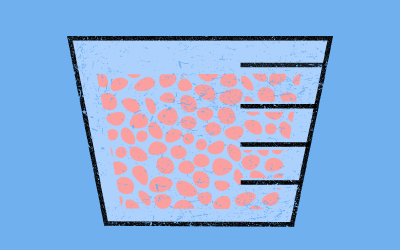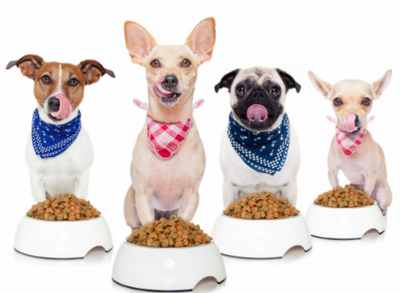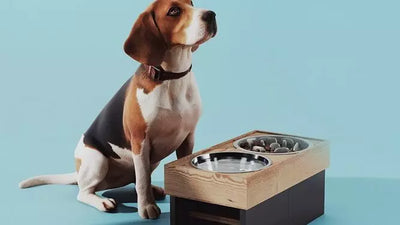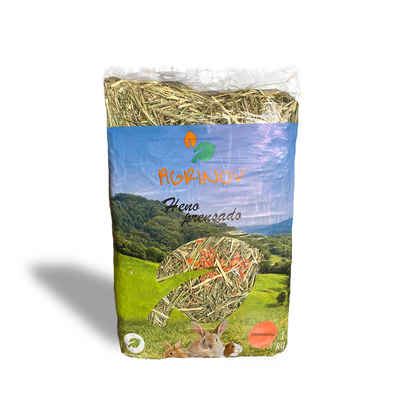Throughout our dog's life, the food we give him may change for different reasons. On the one hand, there are the food changes corresponding to the different stages of growth that our friend goes through. You can learn about how to change your dog's food according to his age in our previous post.
Another reason why we can change the food may be to improve their diet, try new brands that are more accessible to our economy, recommendations that they make to us for health reasons... In all of them, the ideal is to change the feed in a regular way. gradually, both to get them to better accept the new food and to take care of their digestive system.
Why is it important to change feed gradually?
Although dogs are omnivorous animals, that is, they can feed on different sources such as meat, cereals and plants; When we get them used to eating a type of food, especially when it is dry food (feed), their digestive system gets used to it and undergoing a sudden change can cause discomfort that we will see reflected in diarrhea or soft stools, vomiting and even lack of of appetite. Although it does not happen in all cases, it is important to take the necessary precautions to take care of our furry friend.
It is important to mention that each dog should be fed and treated individually according to its physical activity needs, size, age and metabolic health status. If you would like to receive a personalized feeding plan for your pet, please contact us .

How to change feed gradually?
The recommendations we make below are general steps to change our dog's food gradually, however, it is not something that has to happen in all cases and there will surely be dogs that are better able to receive different foods without suffer alterations in the digestive system.
Ideally, the food change process should be carried out over a week in which the amount of new feed is dosed, mixing it with what you already have, which is why it is very important to anticipate the change at the end of the feed.
Days 1 and 2: The first two days you should put approximately ¼ of the new feed and the rest of the old feed.
Days 3 and 4: the next two days we increase the amount of the new feed to half the portion.
Days 5 and 6: this is the final stretch where ¾ of the portion is put with the new food, leaving ¼ of the previous one to finally replace it one hundred percent with the new.
If you change food gradually, your pet will most likely adapt to its new food without any problem.

If your dog suffers any alteration in its stool after changing its feed, you should not worry since it is a normal situation. Most likely, in a matter of days your digestive system will adapt to the new food and make your bowel movements normally.
However, if it persists over time, we advise you to consult the veterinarian or try another type of feed.
That's all for today =D If you have any questions or would like us to answer your questions in future posts, contact us. We will be happy to help you!




